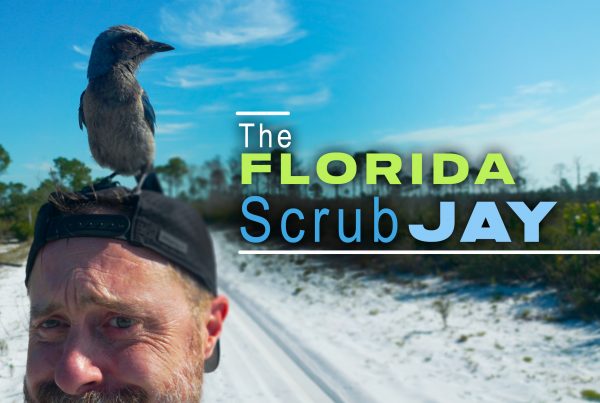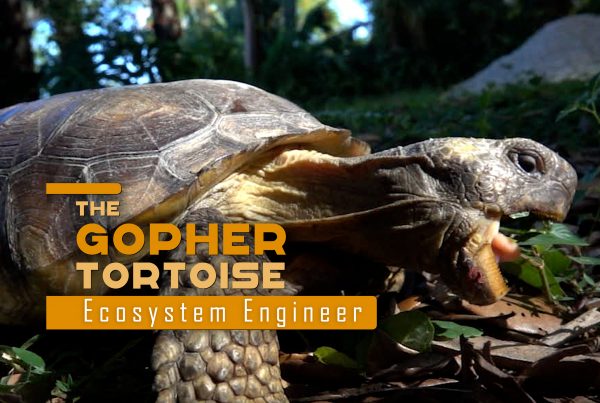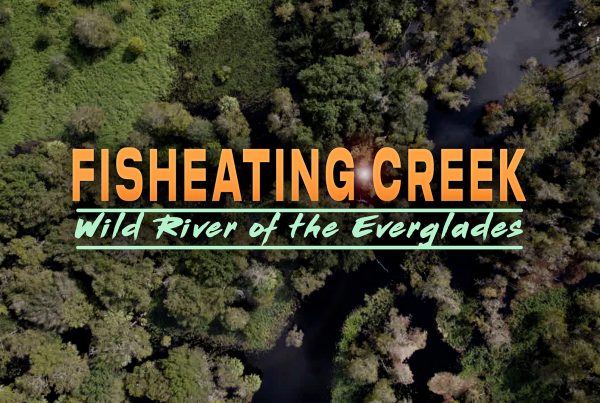A handful of farmers in Central America and the Yucatan Peninsula still practice a complex and sustainable system of agriculture perfected by the ancient Maya. Could their knowledge be the key to a more sustainable future?
When the Spanish conquistadors arrived in the Yucatan Peninsula, they introduced European-style monoculture (planting large fields with a single crop plant). Do you think this style of agriculture is better or worse for the area’s biodiversity? Discuss why or why not.
Click here to learn more about the Maya Milpa Cycle
Of the world’s ancient civilizations, the Maya stand out as one of the most fascinating, and mysterious. By the year 1000 AD most of the ancient Maya city centers of the Yucatan were being abandoned. Left behind were huge pyramids, intricate works of art and a complex, written language. Oddly, these great achievements were soon forgotten by the Maya themselves. But why were the cities abandoned in the first place? Maya farmer Alfonso Tzul explains that even the Maya of today do not know the answer:
“One of the things I realized when we were going to school, they used to tell us that the Maya used to live in this country and they disappeared. Nobody knows what happened to them. So we were not able to connect ourselves with the various ancient monuments. So one day I met a fellow from the U.S.,
I think, I’m not sure. He was looking at an ancient monument in my farm, he said ‘I wonder where these Maya went to.’ I said, they didn’t go anywhere, what do you mean? So I told him, you’re talking to one of them. / That is because we were not taught about the history of our people.”
Many experts have claimed that the ancient Maya degraded their land resulting in an environmental collapse. This is not likely, says archaeologist Anabel Ford who in 1983 discovered the ancient city of El Pilar in Western Belize. In the vicinity of the crumbled city, Dr. Ford and her team discovered that 90% of the trees were species that were useful to the Maya in some way. Twenty species were particularly dominant:
“We were able to come up with these twenty dominant plants that were all useful, all important for construction, for medicines, for thatching, for production, for fruit, for gum, even for the birds, even for the animals …. are counted among important uses that the Maya had. / As we started considering the nature and identifying the trees, we realized that this was a forest garden and that the Maya were gardening the forest. / And now we’re looking at a relic. It’s a legacy of probably eight millennia of selection.”
And so, the Maya and their ancestors were being selective in their use of plants during thousands of years of trial and error.
Another breakthrough came when Dr. Ford saw how contemporary Maya farmers near El Pilar were growing their crops. It was not in the western style of large fields of single items like corn or beans, but rather in small mixed-crop plots called milpas. Furthermore, the Maya were using a sophisticated and sustainable cycle of planting that left most of their land in forest. Here’s how the cycle works:
In preparation for planting, the milpa farmer cuts and burns a piece of his forest. Fire is a necessary part of the cycle that returns microelements to the soil in the form of charcoal.
Next, the farmer plants corn seeds among the tree stumps. And among the corn plants he sews beans, squash and as many as 90 other kinds of annual crop plants. He does this for about four years. Notice that no plough touches his soil. Master farmer Narciso Torres uses only a sharp pole, and because Narciso’s soil is not ploughed, it never washes away when it rains. Furthermore, the milpa farmer uses no chemical fertilizers, pesticides or herbicides. Nearby streams run clear and unpolluted.
“They do strategic burns and spread charcoal that stays right there. They’re not ploughing. They’re not keeping things clean from the standpoint of a conventional farmer, but, in fact, it retains water, building fertility, the biodiversity of the soil. It has the worms and the charcoal. All those things are right there, and they’re kept there. They’re not moving around, whereas a ploughed field, and you can see it here today, you can go to a forest garden and you can go to a ploughed field and see the ploughed fields have erosion. Alfonso Tzul says very poignantly, ‘I’ve never seen a milpa where there is erosion, and seen a ploughed field that doesn’t.’”
Victor Chambor, a Lacandon Maya farmer from the Mexican state of Chiapas, also has vast knowledge refined through the countless generations of his ancestors. He is particularly proud of a large stretch of rainforest near his milpa. He knows every plant in the forest and what things he can use there.
Four years into the milpa cycle, seeds drifting in from the surrounding forest have sprouted into young trees in Narciso’s milpa. He keeps the ones that are useful to him and eliminates the others.
Narciso continues to sew his annual crop plants for another four years. By then, the young forest trees are beginning to cast too much shade for corn and beans, so Narciso initiates the cycle elsewhere by burning another plot of forest. Make no mistake, the new forest, with its many products, will be as important to Narciso as his milpa. It will grow and mature for the final 12 years of the cycle, and will become a place for abundant wildlife.
“There’s this image of slash and burn being really destructive and the image that comes from our European production that to get more product you have to clear more land. That means that all land is cleared. The milpa is a cycle. At any one time, you’ll have a minimum of two thirds of the land in forest.”
And that is a critical point. Dr. Ford has concluded that if the Maya used the highly sustainable milpa cycle in ancient times, it is not likely they deforested their land or degraded their environment. Instead, we need to look to other social, economic and military causes for the collapse of great cities like Palenque, Calakmul and El Pilar. The Maya farmers lived on; and with neither pyramids to build nor kings to support, they continued to perfect their high-yield milpa cycle through hard work and hundreds of generations of accumulated knowledge. The milpa cycle may be their greatest achievement and their most important gift to the future of mankind. But in this modern era where agriculture is increasingly mechanized, will this tremendous knowledge be lost?
“There are fewer and fewer of these master Maya forest gardeners – like Victor, like Narciso, like Alfonso. These people carry a knowledge that’s an 8,000 year experimental practice. Can you imagine having something like that? And to be disregarding them, to be not including them in a sustainable future when they can really step up and help, and they’re ready to help. We need them, and if these people are not here for us, we can never find out the kinds of things they know that have been this long experiment. The sustainability of the Maya forest garden is unparalleled.”
Coming soon




